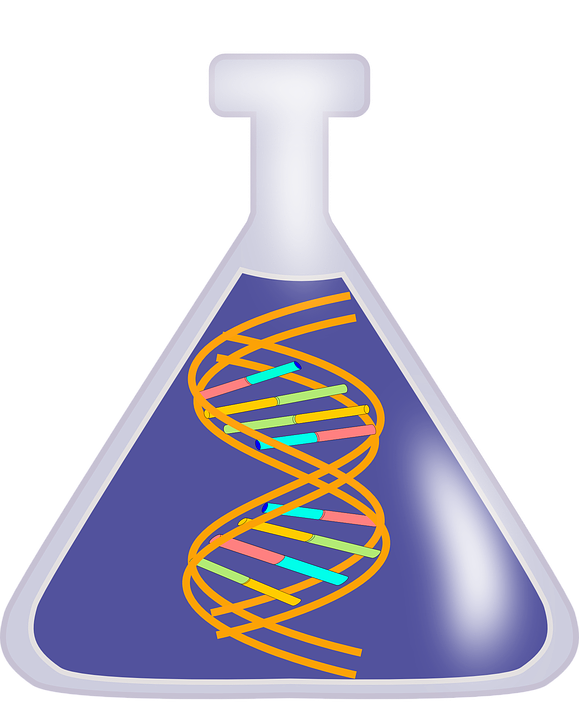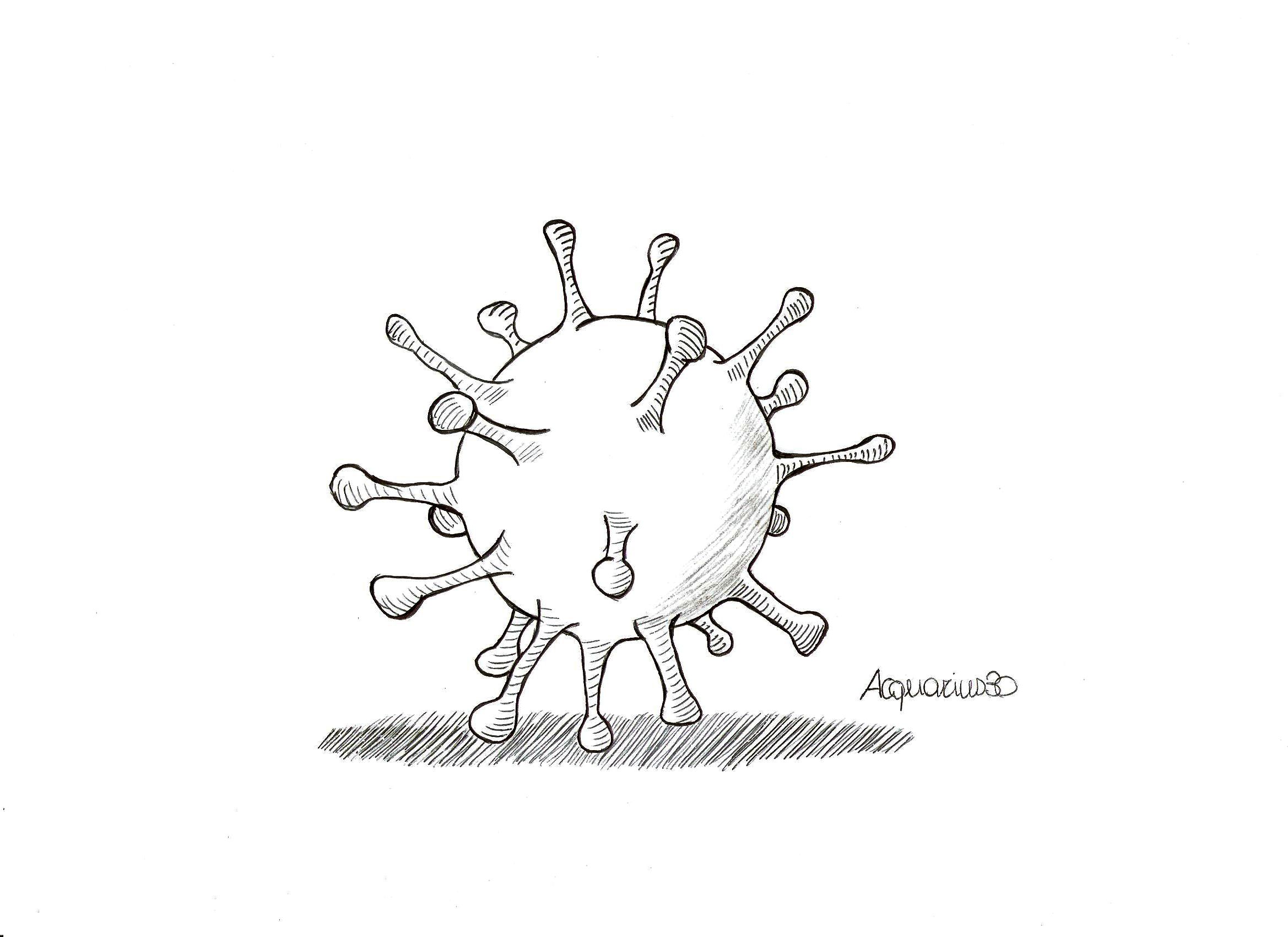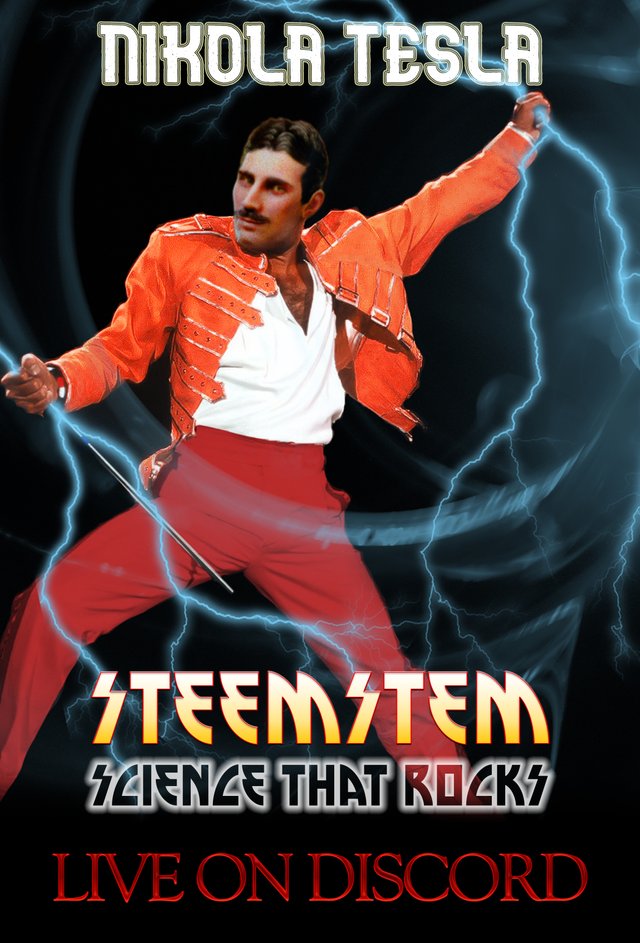RNA-based therapeutics could revive hopes to see gene therapy in the clinic
RNA-based therapeutics could revive hopes to see gene therapy in the clinic
Cells make proteins. Figuratively speaking, these macromolecules are the gearwheel that enable the cellular machinery to work. Some proteins catalyze reactions (enzymes) or others simply are being secreted by the cells and used as a messenger to communicate with other cells in the surroundings (neurotransmitters, growth factors etc..). The synthesis of proteins is a delicate task and as such, often something goes wrong. The causes of the malfunctioning of the protein-making process are beyond the scope of this post but let just say that among the most prevalent causes we have environmental factors and genetic mutations.

CCO Creative Commons - Source
For decades we have known that technically we can fix imbalances in the production of proteins simply by delivering plasmid DNA or mRNA encoding for the target proteins in the cells (Cutlar et al. 2015). Unfortunately, there are still no effective ways to deliver exogenous DNA/RNA inside human cells without using a virus (Meng et al. 2017). The pioneering studies used large amounts of naked DNA in the hope that eventually some would get in the cells (Liu et al. 2016; Mehier-Humbert and Guy 2005). But, the cells membrane is negatively charged and so is also the DNA, thus naked DNA is not going to enter cells spontaneously. To circumvent this issue, scientists attempted to use physical methods to temporarily disrupt the integrity of the cell membrane like for example the gene gun, electroporation, sonoporation or magnetofection (Mehier-Humbert and Guy 2005). The issue with this approach is that it can only be performed ex vivo in a lab. Handling cells from patients is prohibitively expensive and it would also require several surgeries, not the most feasible approach if you want to know my opinion.
What are the issues of using viruses?
We made so much progress in exploiting the efficacy of viral vectors. We learned to engineer viruses so that they can’t replicate if we don’t want them to. To be fair much effort is spent in optimizing viral-based gene therapy so that 70% of all the gene therapy clinical trials use modified viruses (Yin et al. 2014). Then why don’t we see much viral therapies applied in the clinic? Well, despite the progress there are still several drawbacks. One limitation is the size of the genes we can insert in a virus. With the current procedures and technologies, we can only insert small sequences. Another big issue is that producing viruses is seriously expensive because of all the precautions and the special facilities required for their manufacturing. Despite all the modifications, we are still talking about immunogenic entities, they could activate the host’s immune system creating havoc. Moreover, some viruses were found to be carcinogenic (Yin et al. 2014), not sure many patients would be happy to receive such a therapy.
 Attribution-ShareAlike CC BY-SA by @acquarius30 thanks to @aboutcoolscience thanks to @davinci.art - [Source](https://steemit.com/art/@davinci.art/sketches-cards-acquarius30-n-27-virus)
Attribution-ShareAlike CC BY-SA by @acquarius30 thanks to @aboutcoolscience thanks to @davinci.art - [Source](https://steemit.com/art/@davinci.art/sketches-cards-acquarius30-n-27-virus)What about plasmid DNA?
Compared to viral vectors, this is a much safer alternative, so safe that it’s hard to make it work. Anyway, it’s relatively easy to design and modify plasmids and they are also cheap to produce. So why there isn’t a larger use of plasmids in the clinic? Well, earlier I’ve hinted that on its own, plasmid DNA will hardly get inside the cells and the options to make it work are: we either temporarily disrupt the cell membrane to enable the entering of DNA or we complex the DNA with cationic vectors making positively charged particles. These vectors can be either made using lipidic or polymeric building blocks, either way the downside is that they are toxic. So you can guess now what is the catch, you can get a cell to express a therapeutic protein by delivering complexed plasmids but you may eventually kill the cell you targeted. This could be ok in tissues with high regenerative potential but what about tissues where cells do not regenerate like the brain or cartilage? Besides, there is another issue here. In order to work, plasmids need to enter the nucleus of a cell and they can only do so when cells divide. So, to have effective transfection using plasmids we need to have actively proliferating cells. This may be difficult to obtain in diseased tissues (in many cases you have a disease because cells don’t proliferate enough). So generally, for the frustration of scientists, you can have the situation in which transfection experiments work in a laboratory under controlled conditions, where you can induce cell proliferation, but they don’t work in vivo where you most need them to.

Image CCO Creative Commons - Source
Delivery of mRNA could be a better option
If compared to DNA delivery, the use of mRNA has several advantages. For instance, the mRNA works in the cytoplasm, therefore we don’t need to disrupt the nuclear enveloped to get the expression of our target protein, this means that even non-dividing cells can express exogenous mRNA (McIvor 2011). This has also a second advantage. Since the delivered mRNA doesn’t get in the nucleus and does not necessitate genomic integration, it’s by far the safest option to avoid insertional mutagenesis (it does not cause cancer). From a regulatory prospective this is appealing, and a mRNA-based therapy has higher chances to make it to the clinic. Another minor advantage is that to be expressed, mRNA does not require a specific promoter, thus transfection it’s easy and effective. However, I must confess that I am not saying anything new here, some dudes have been talking about using mRNA in gene therapy for decades. The problem was the poor stability of mRNA that limited its use.
Basically, mRNA is so potent that our cells have to resort to create alternative ways to destroy it. Without effective destruction of mRNA, our cells would not be able to stop making proteins and they will most likely die (I tried this in the lab myself and I can tell you cells were not happy if you don’t let them destroy mRNA.. they first went crazy and then died in a few minutes). Anyway, all this to say that because cells produce so many enzymes that can destroy RNA (RNAses). They are now everywhere in the environment and as a consequence, if not handled carefully, your therapeutic mRNA would be destroyed in no time. Luckily for us, today we know much more about mRNA than few decades ago, and we have more tools at our disposal to increase the stability of mRNA and to deliver it more effectively. For example, scientists have recently devised some chemical modifications to the mRNA that do not affect its functionality but can make it less appealing for the RNAses, thus increasing its stability (Sergeeva, Koteliansky, and Zatsepin 2016). Synthesizing mRNA is an easy and cheap process and the mRNA sequence can be easily customized. For example, it is possible to change the length of the poly-A tail thus fine-tuning the stability of the mRNA. In other words, you can control for how long the mRNA will be expressed simply by changing the length of the poly-A tail or you can control where the therapeutic protein will localize simply by including a target sequence in the beginning of your mRNA sequence. You can easily attach a sequence for getting the protein to be secreted or to be localized in the nucleus. Basically, figuratively speaking, in a few years you could turn your cells into a biologic “arduino” programmable by delivering different sequences of mRNA. It’s fun to think at the future, but for now there are some challenges to be solved for mRNA delivery too. Like the DNA, mRNA is also a poly-anion (it’s negatively charged) thus naked mRNA won’t enter the cells. Currently, we have some decent complexing agents with relatively low toxicity, but their stability leaves much to be desired thus so far the effects of RNA-based therapies can last maximum few days. Scientists must learn to prolong the efficacy of synthetic mRNA further if they hope to see it used for clinical applications.
References
Cutlar, Lara et al. 2015. “Highly Branched Poly(β-Amino Esters): Synthesis and Application in Gene Delivery.” Biomacromolecules 16(9): 2609–17. http://www.ncbi.nlm.nih.gov/pubmed/26265425.
Liu, Shuai et al. 2016. “Multifunctional Oligomer Incorporation: A Potent Strategy to Enhance the Transfection Activity of Poly(l-Lysine).” Biomaterials science 4(3): 522–32. http://www.ncbi.nlm.nih.gov/pubmed/26797493.
McIvor, R. Scott. 2011. “Therapeutic Delivery of MRNA: The Medium Is the Message.” Molecular Therapy 19(5): 822–23. http://dx.doi.org/10.1038/mt.2011.67.
Mehier-Humbert, Sophie, and Richard H Guy. 2005. “Physical Methods for Gene Transfer: Improving the Kinetics of Gene Delivery into Cells.” Advanced drug delivery reviews 57(5): 733–53. http://www.ncbi.nlm.nih.gov/pubmed/15757758.
Meng, Zhao et al. 2017. “A New Developing Class of Gene Delivery: Messenger RNA-Based Therapeutics.” Biomaterials Science 5(12): 2381–92. http://xlink.rsc.org/?DOI=C7BM00712D.
Sergeeva, O V, V E Koteliansky, and T S Zatsepin. 2016. “MRNA-Based Therapeutics - Advances and Perspectives.” Biochemistry. Biokhimiia 81(7): 709–22. http://www.ncbi.nlm.nih.gov/pubmed/27449617.
Yin, Hao et al. 2014. “Non-Viral Vectors for Gene-Based Therapy.” Nature Reviews Genetics 15(8): 541–55. http://dx.doi.org/10.1038/nrg3763.
Communities that support me are:

enlarge
Attribution-ShareAlike CC BY-SA
Reuse this image by copying and pasting this text with it:
Attribution-ShareAlike CC BY-SA by @elvisxx71 thanks to @aboutcoolscience and @davinci.art

IMMAGINE CC0 CREATIVE COMMONS, si ringrazia @mrazura per il logo ITASTEM. Click here and vote for @davinci.witness
Hello @aboutcoolscience
Versatility is one common factor in almost all spheres of life. And that's exactly what played out here ..
It is interesting to know that what we cannot achieve using altered viruses and plasmids without destroying the whole aim of our mission, can easily be achieved using mRNA.
Do have a happy weekend
Regards
@eurogee of @euronation and @steemstem communities
You are spot on @aboutcoolscience, especially about the need to prolong the potency and efficacy of mRNA's, when it comes to medical applications. Their advantages are very key, as you have highlighted in your post, and the fact that they can convey many genetic informations from the DNA make them adequate towards application in various aspect of gene therapy too. Hopefully, the future would proffer efficient solutions on how to handle effective delivery of the mRNA and handle its sequencing as well as preventing its early death too. A nice piece @aboutcoolscience. Thanks for sharing.
Excellent post, are a bit difficult processes, mRNA must be applied immediately, is very unstable and degrades in a few minutes, so the tissues must be fresh or frozen immediately after obtaining them. Thank you for sharing this important information
Hello @aboutcoolscience
Very interesting your publication, and I am sure that the future of Medicine is in the understanding of mRNA, one of the greatest advances is in the area of Cardiology, thinking about the future to perform gene therapy before a heart attack occurs, to patients with specific mutations, and thus make a better prevention or treatment of this disease, and at present there are many advances in this area, and soon we will be publishing results.
Dear @aboutcoolscience, I excited reading your great article. In my opinion, Molecular Biology is in the progression. Surely, it will find a way to solve any obstacles in this context.
Thank you for sharing this information.
It will commence a new era of disease free, hope it come soon
Hi @aboutcoolscience!
Your post was upvoted by utopian.io in cooperation with steemstem - supporting knowledge, innovation and technological advancement on the Steem Blockchain.
Contribute to Open Source with utopian.io
Learn how to contribute on our website and join the new open source economy.
Want to chat? Join the Utopian Community on Discord https://discord.gg/h52nFrV
this is a wonderful piece of writing, love it
Thank you for making what could be an obscure blog very accessible. My background is in history and literature, but I refuse to be a stranger to science. I read about it, struggle through the concepts and then blog about it. Science is, after all, life. I actually understood all of this and was amused. You have a great writing style. My favorite parts are pasted below:
Congratulations @aboutcoolscience! You have completed some achievement on Steemit and have been rewarded with new badge(s) :
Click on the badge to view your Board of Honor.
If you no longer want to receive notifications, reply to this comment with the word
STOPDo not miss the last post from @steemitboard!
Participate in the SteemitBoard World Cup Contest!
Collect World Cup badges and win free SBD
Support the Gold Sponsors of the contest: @good-karma and @lukestokes